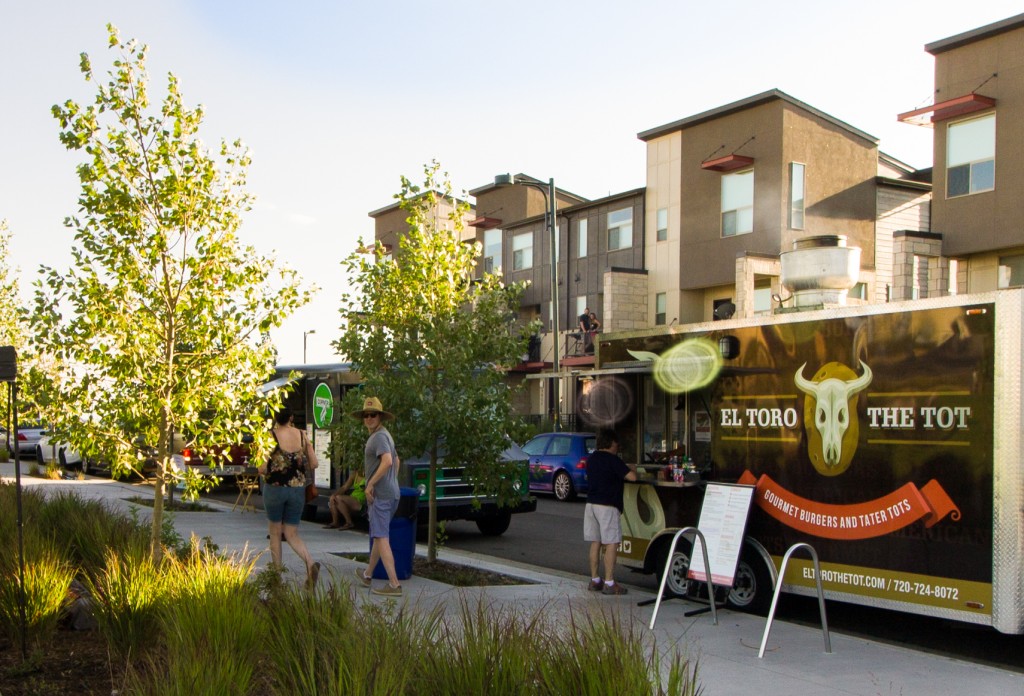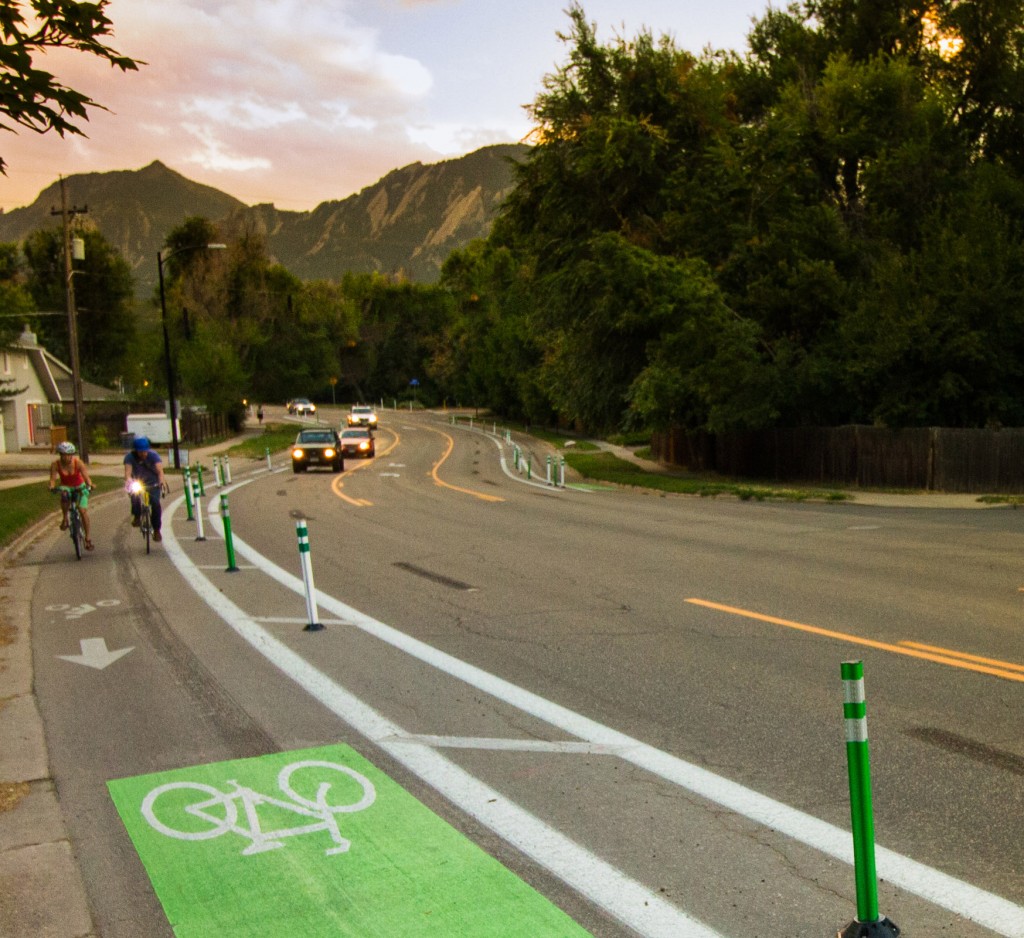Interactive Design Analysis
Gaining consensus and developing a strategic plan for complex design issues in suburban and urban areas can often be both a trying and timely process.
But does it always have to be that difficult? Why can’t we just build the project and have people test it out to see if they like it or not? Not quite realistic.

Certainly this rationale is not applicable in many situations, but the strategy of interactively analyzing design solutions in the physical environment has gained popularity and success in certain niche scenarios. Widely popularized events such as Park(ing) Day, Better Block Initiatives, parklets, and pop-up retail, transform ordinarily static street scenes and plazas into lively and exciting places with the help of volunteers and the creative use of re-purposed or recycled materials. These events provide users with a quick snapshot of what is possible with very minimal effort. Traditionally, these events have been utilized by grassroots community organizations, but these strategies are becoming increasingly prevalent in city planning departments as a means for testing design solutions.

A similar but longer-lasting intervention is occurring locally near DTJ’s office in Boulder, Colorado. Currently in phase II of its implementation, the Boulder Living Labs program is testing design solutions in real life to gauge the success of various enhanced bicycle corridor designs. Vehicular travel lanes along several corridors are being reduced in order to accommodate protected bike lanes. Diversifying the cycling user group and increasing safety for all users along the corridor are the primary goals of the testing. Currently, male riders outnumber female riders two to one. But through the integration of protected bike lanes, ridership among women and children is hoped to increase.

These street scene modifications are very cost-effective since they utilize the roadway’s existing pavement and simply modify the striping. The construction of the first 1.5 mile corridor was completed in less than two weeks. The City has several other planned corridors to test in the near future and is currently gathering user data on the first corridor before beginning the additional corridors.
The new roadway modifications have been the topic of much controversy and mixed opinions. Hopefully at the end of the testing period, an objective analysis will balance the arguments for each party and the City will announce a decision that promotes the health and well-being of the users along the corridor. Despite the heated controversy, the process has engaged citizens to voice their opinion which has substantial value.
Given the recent momentum of these new methods for evaluating design solutions, one must question how these methods can be applied in other aspects of design to successfully illicit valuable feedback. Are these current methods simply the humble beginning of a much larger trend? Will the process evolve? Or will these methods simply slip away? As members of the design community, we share responsibility to represent the needs of society. The integration of interactive design analysis into the design process provides for collaborative dialogue between citizens, developers, and designers in a manner that facilitates positive change.


 BACK TO BLOG
BACK TO BLOG